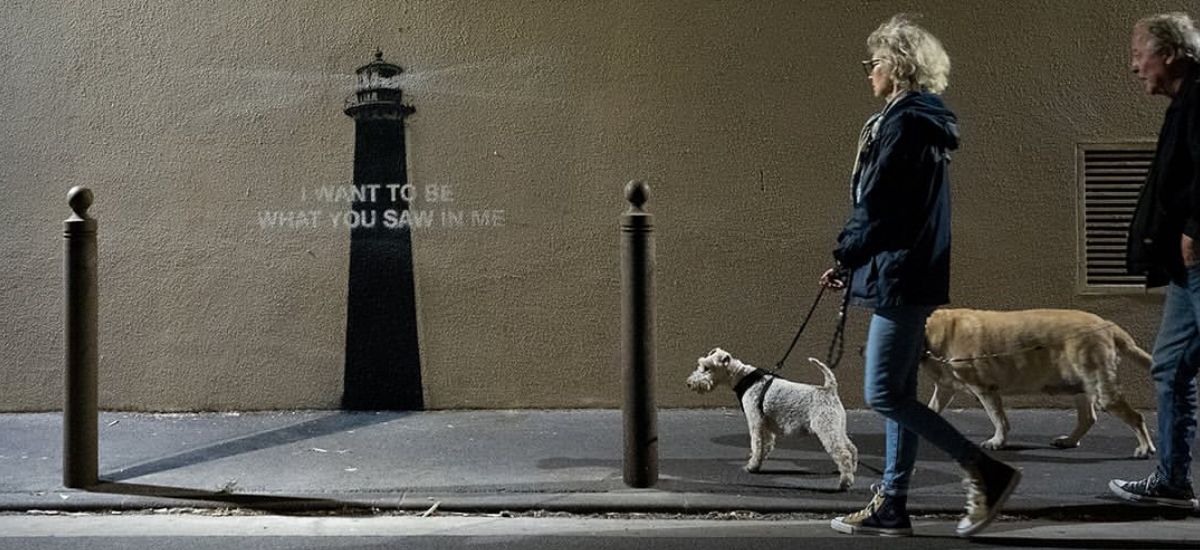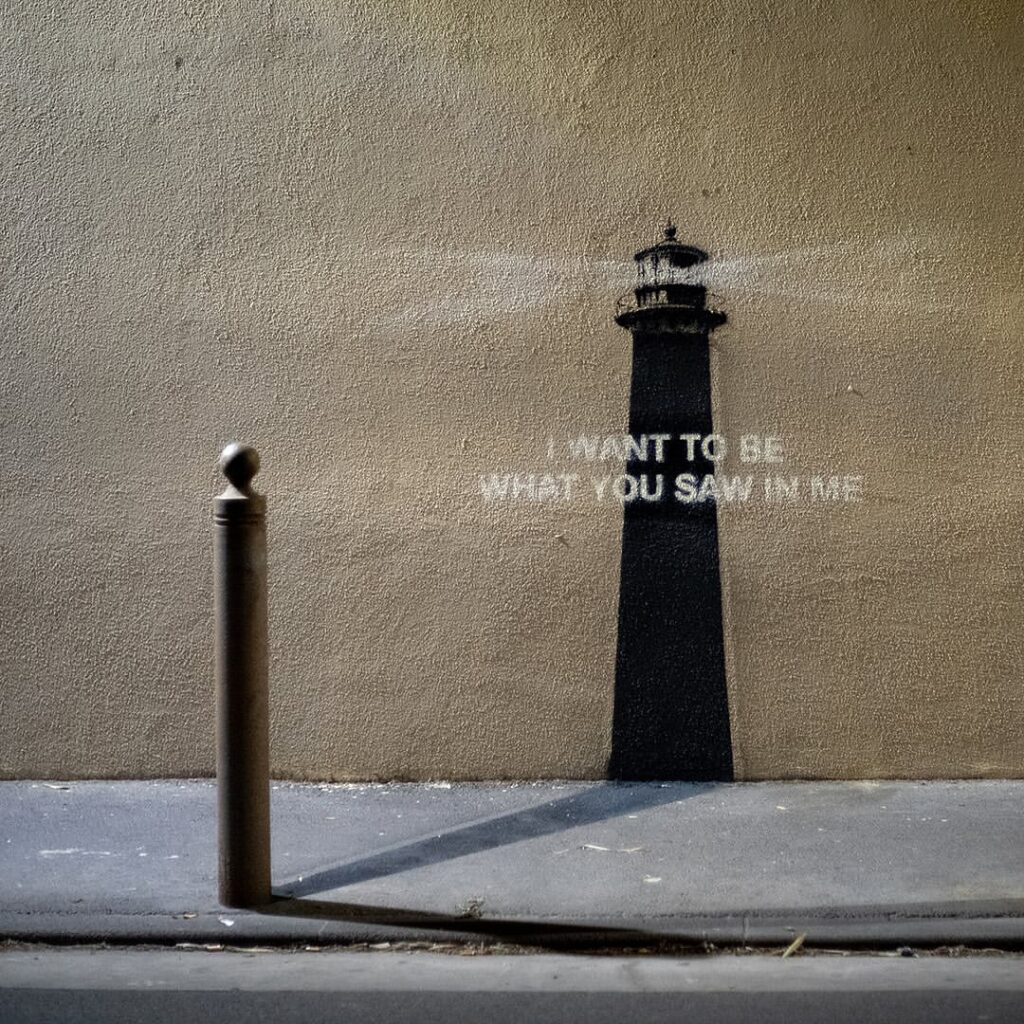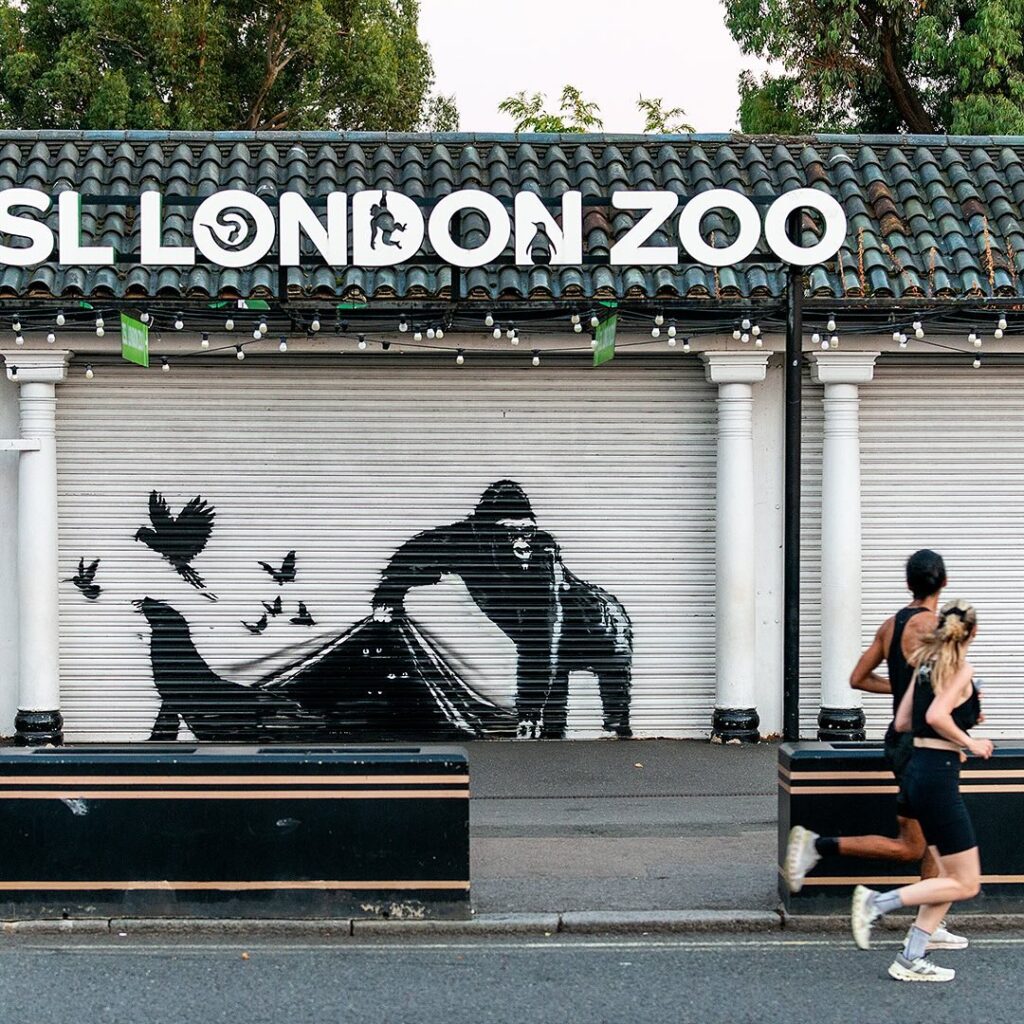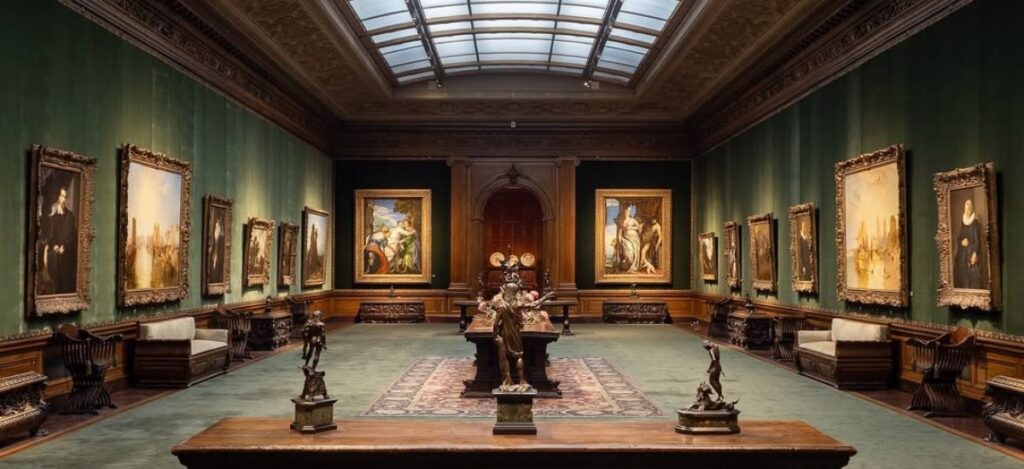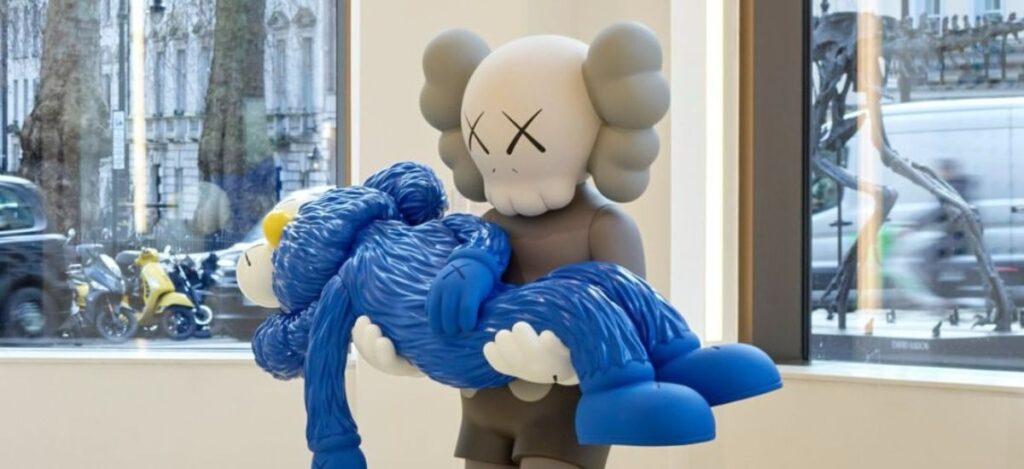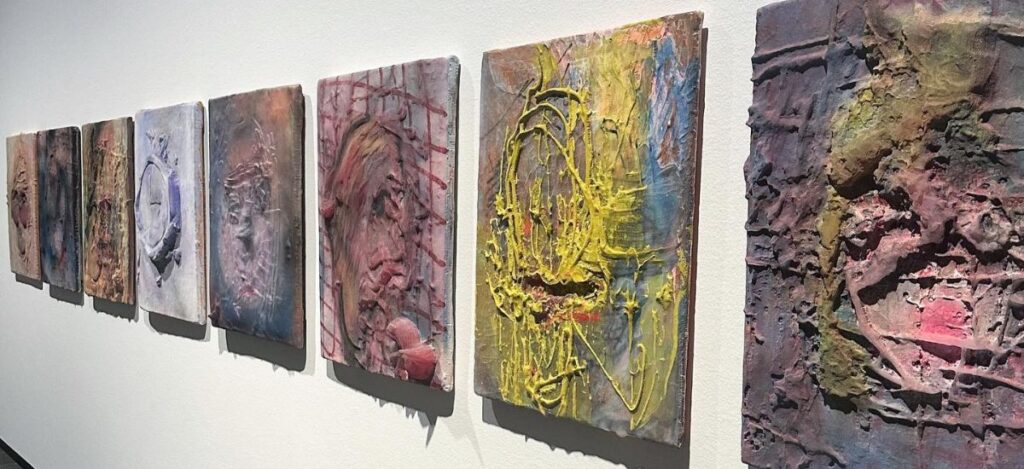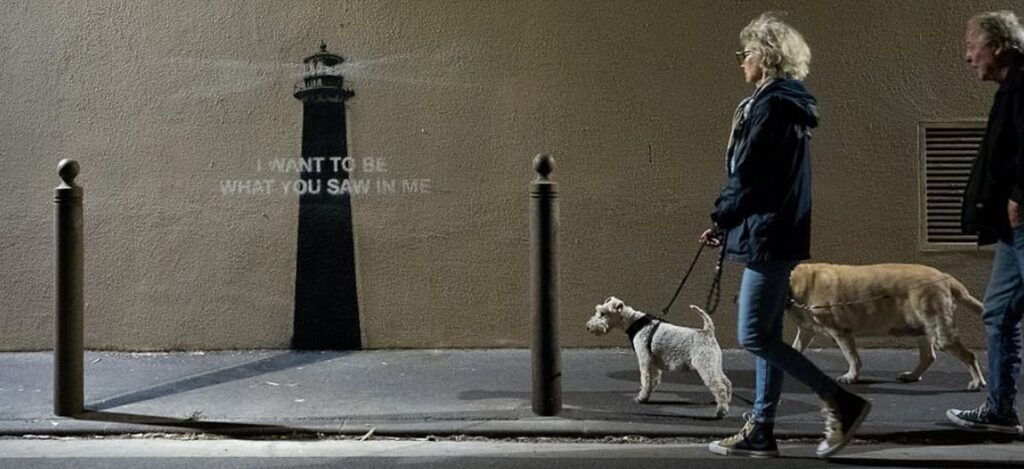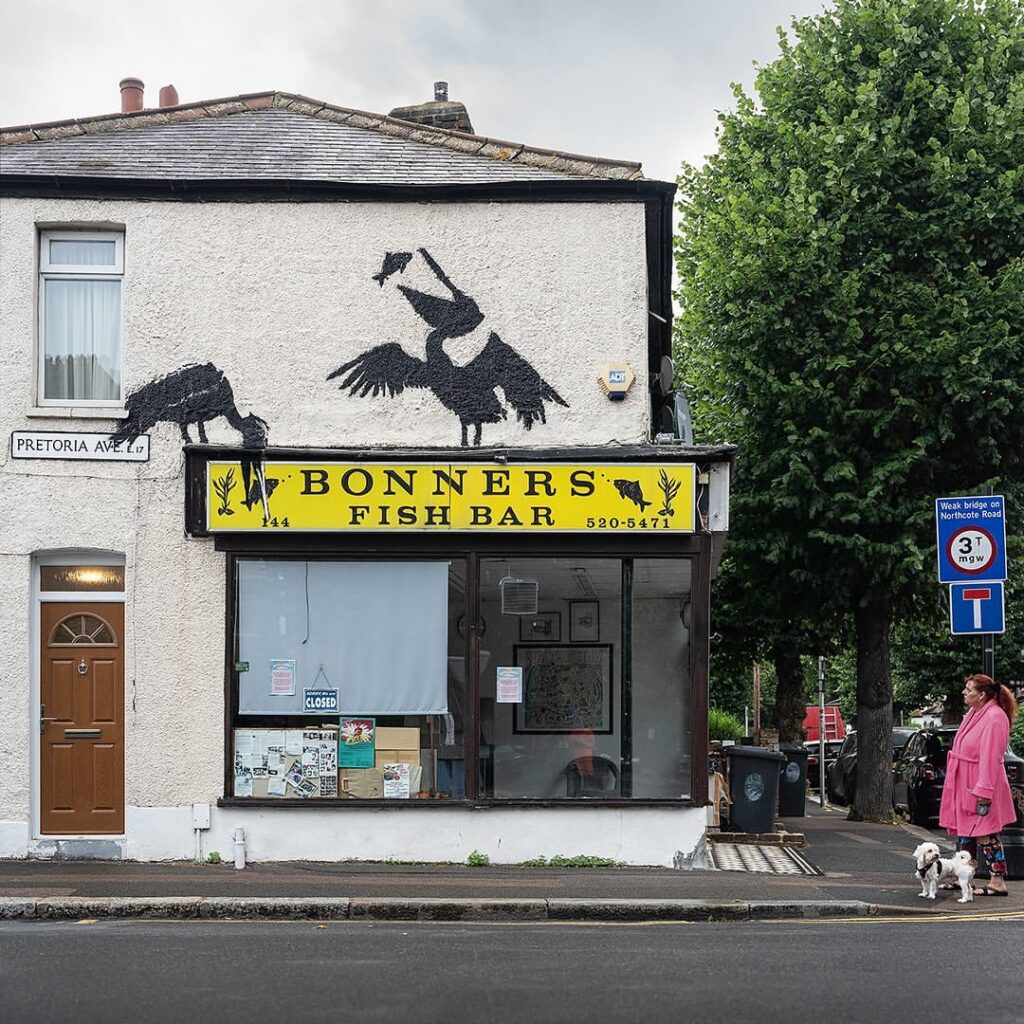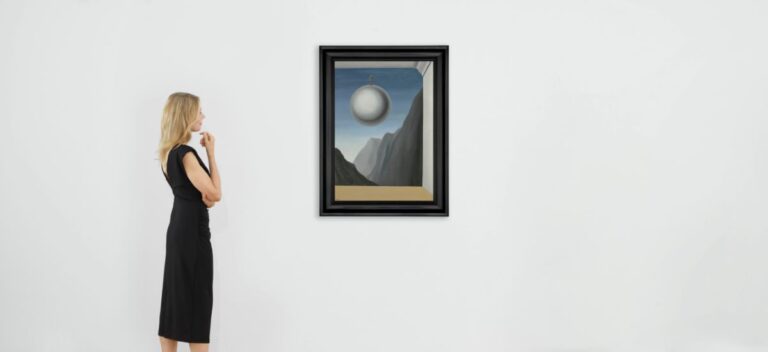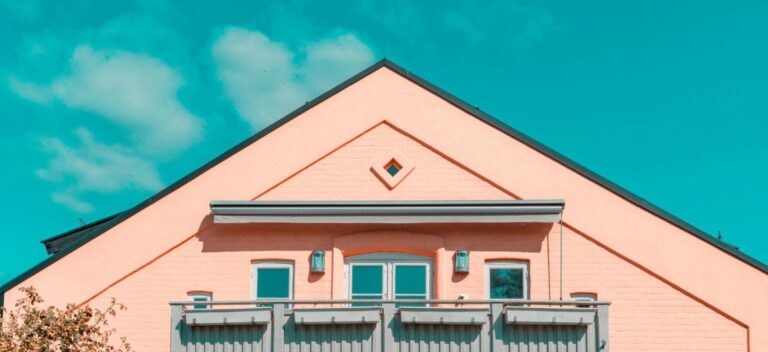When the world starts suspecting Banksy of hibernation, the anonymous maestro of urban art pounces back with a pair of stunts so bright they make streetlamps blush.
First came a menagerie that leapt across London’s concrete jungle; then, a ghostly lighthouse beaming from a seaside bollard in Marseille. Together they remind us that good graffiti doesn’t just decorate walls—it rewires the way we see our cities and ourselves.

